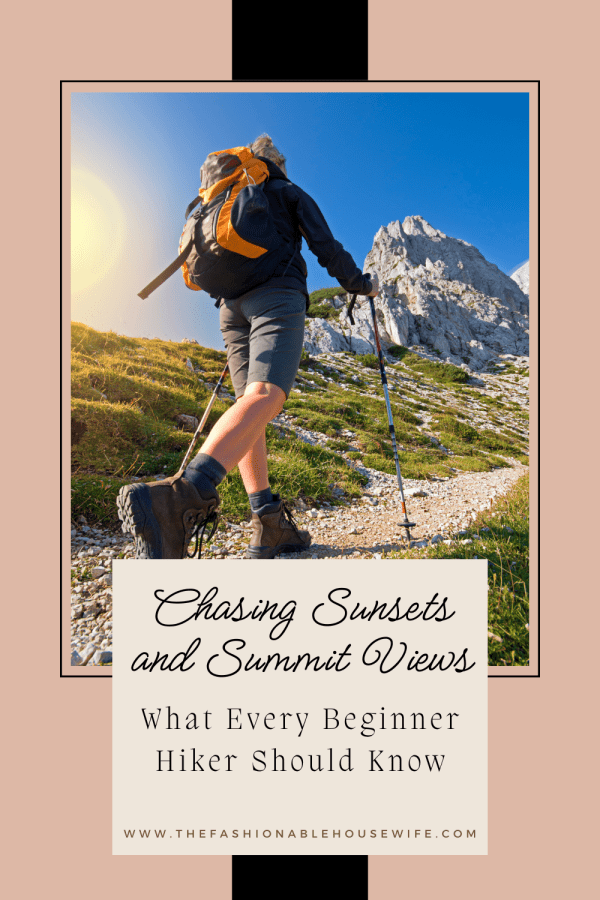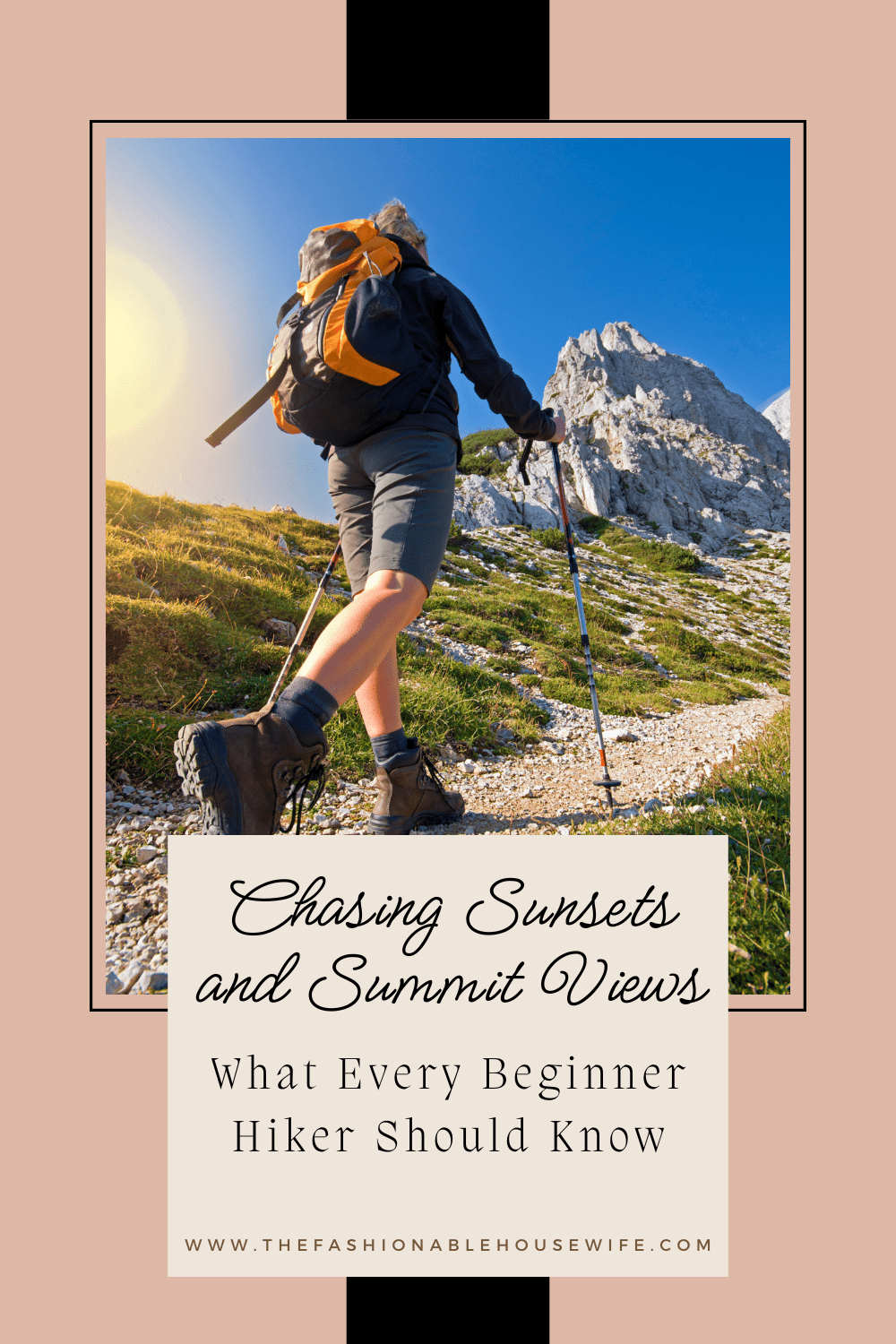Chasing Sunsets and Summit Views: What Every Beginner Hiker Should Know

There’s something special about walking through nature at your own pace. You hear the sounds around you, feel the ground under your feet, and notice things you usually miss in daily life. That’s what makes hiking so enjoyable. It gives you space to breathe, think, and just enjoy being outside.
This guide is for anyone starting fresh. It covers helpful tips like picking the right path, using basic gear, and staying safe. You’ll also learn what to bring, how to avoid common mistakes, and why taking it slow is the best way to begin. If you’ve ever thought about hiking but didn’t know where to start, this is a simple way to get going—without stress or guesswork.
Beginner Hiker? Pick Easy Trails First
When you’re just starting out, less is more. Try looking for short, well-marked paths that loop back to where you began. Many local parks have easy trails that are flat, wide, and open. You can also use hiking apps to filter by distance and skill level. Look for words like “easy,” “beginner,” or “family-friendly.”
Avoid anything labeled “moderate” or “difficult” for now, especially if you’re not used to long walks or uneven ground. A two-mile trail might sound short, but it can feel longer when you’re climbing hills or moving over rocks. The goal is to finish feeling good, not worn out. Once you’ve done a few simple hikes, you’ll start to know what your body can handle.
Add a Hiking Pole to Your Setup
You don’t need much to go hiking, but a few smart items can make a real difference. One of the most valuable tools for beginner hikers is a walking pole. It helps you stay steady, especially when the ground is uneven or sloped. It also takes pressure off your knees, which you’ll appreciate on the way back down.
If you’re looking into getting one, make sure it’s from a trusted brand. For example, people often choose a Black Diamond hiking pole because it’s lightweight, folds down small, and adjusts easily. That means you can use it no matter your height or trail type. A reliable pole doesn’t just add comfort, it adds confidence. And that’s something every beginner hiker can use.
Footwear Is Everything
Shoes can make or break your hike. Wearing the wrong kind will leave your feet sore, blistered, or even injured. So what should you wear? Look for trail shoes or hiking boots that fit snug but not tight. They should have a solid grip and good support around the ankle.
Don’t make the mistake of wearing brand-new shoes straight to the trail. Walk around in them at home first. That way, your feet get used to the shape. Also, choose thick, moisture-wicking socks to prevent rubbing and keep your feet dry. If your feet feel good, your whole hiking outfit will feel better.
Learn Basic Trail Rules
There’s a simple rule on trails: respect others and the space around you. Start by staying on the path, even if there’s a shortcut that looks faster. Cutting across can harm plants or confuse other hikers. When you pass someone, smile or say “hello.” A small gesture goes a long way.
Going uphill? You have the right of way. Going downhill? Step aside and let others pass. Also, keep your music low or use earbuds. Loud sounds can ruin the quiet for others and scare animals. Pack out any trash and try to leave the trail cleaner than you found it. These habits aren’t just polite — they help protect the outdoors for everyone, including beginner hikers.
Don’t Hike Alone at First
Hiking is safer and often more fun with company. Bring a friend or join a local hiking group for your early trips. It’s easier to enjoy the trail when you have a fellow beginner hiker to talk to or share snacks with. You’ll also feel better knowing someone’s there if you slip or get turned around.
If you do go solo, take precautions. Always tell someone where you’re going and when you’ll be back. Stick to popular trails and keep your phone charged. Some people even text their location before starting. Safety should come first until you’re fully comfortable outdoors. Hiking alone can be great, but it’s best saved for later.
Tips for Beginner Hikers
Hiking doesn’t require perfect gear, long trails, or special skills. All you need is a bit of curiosity and a willingness to start. The more you go, the more comfortable it becomes. You’ll find your rhythm, learn what works for you, and slowly build your own path forward. The outdoors is there, waiting — and your next favorite view could be closer than you think.

